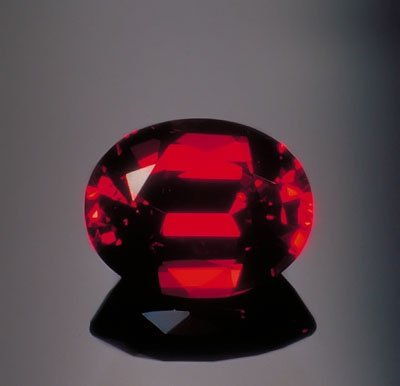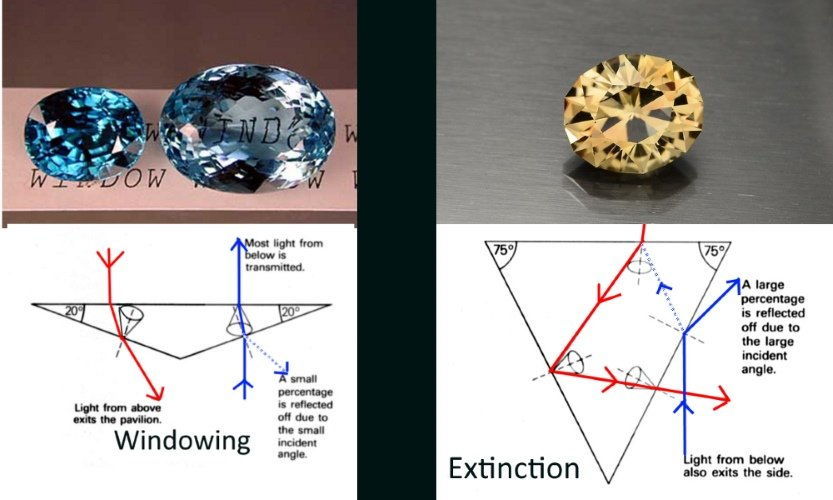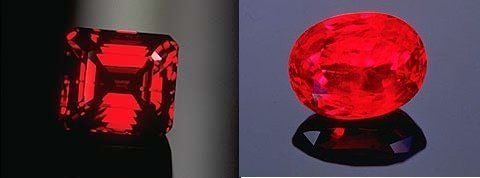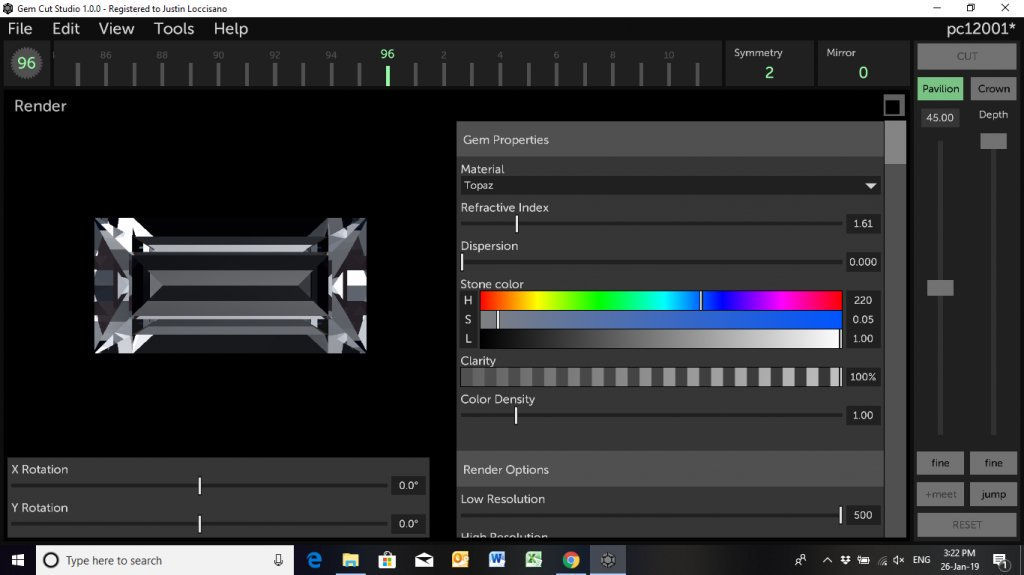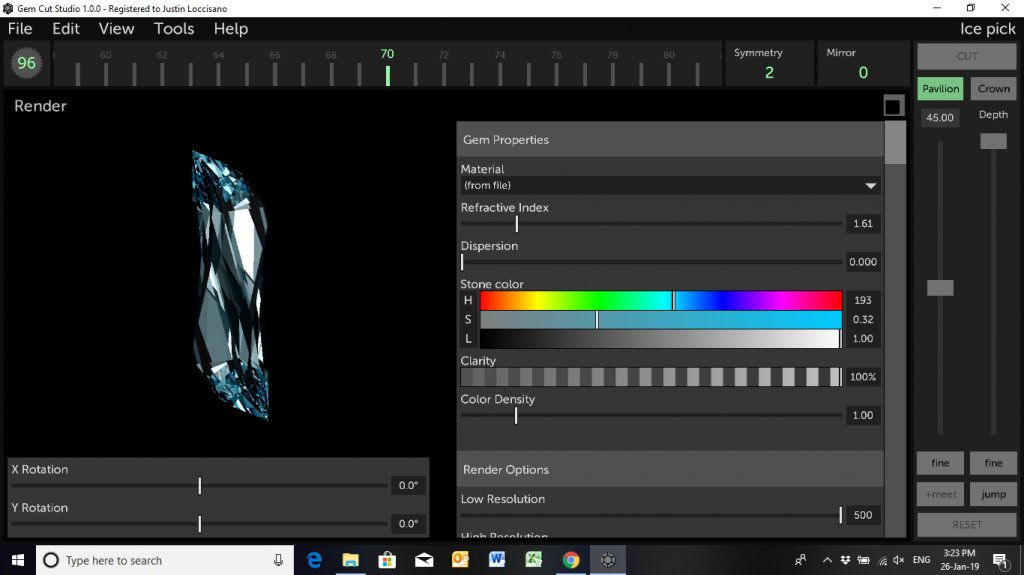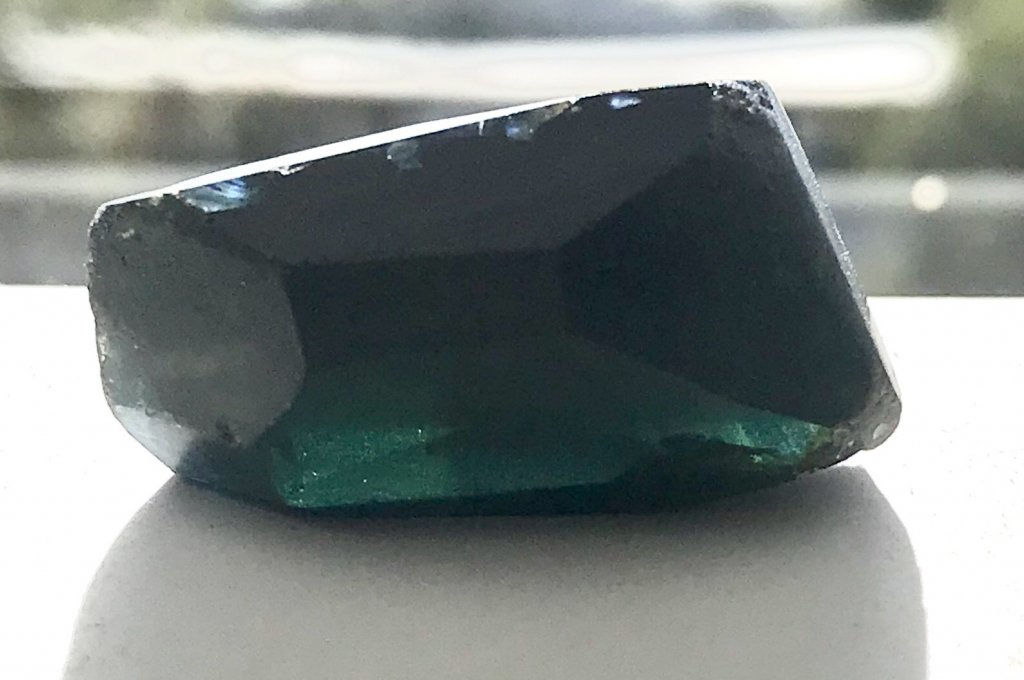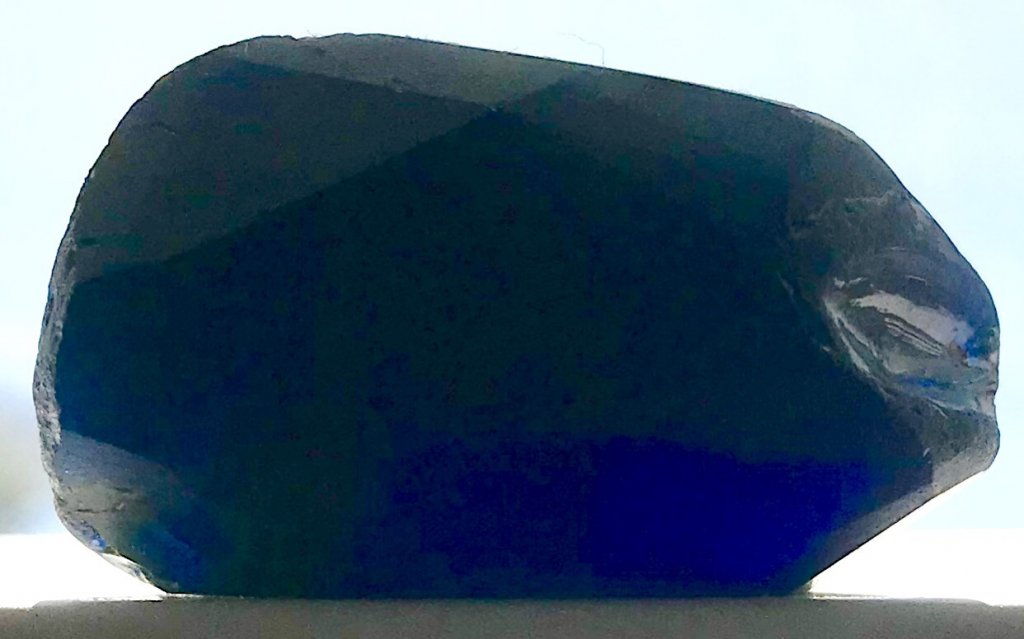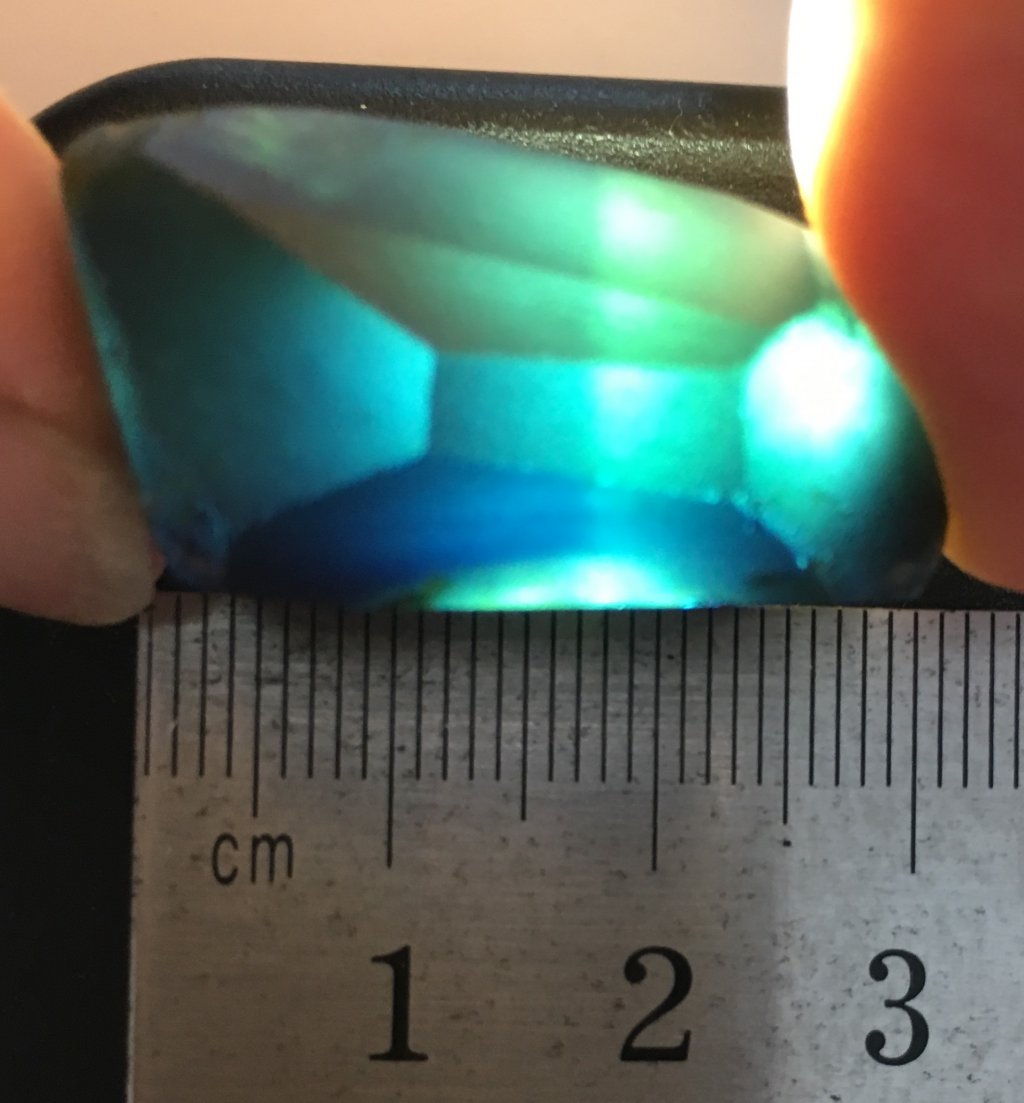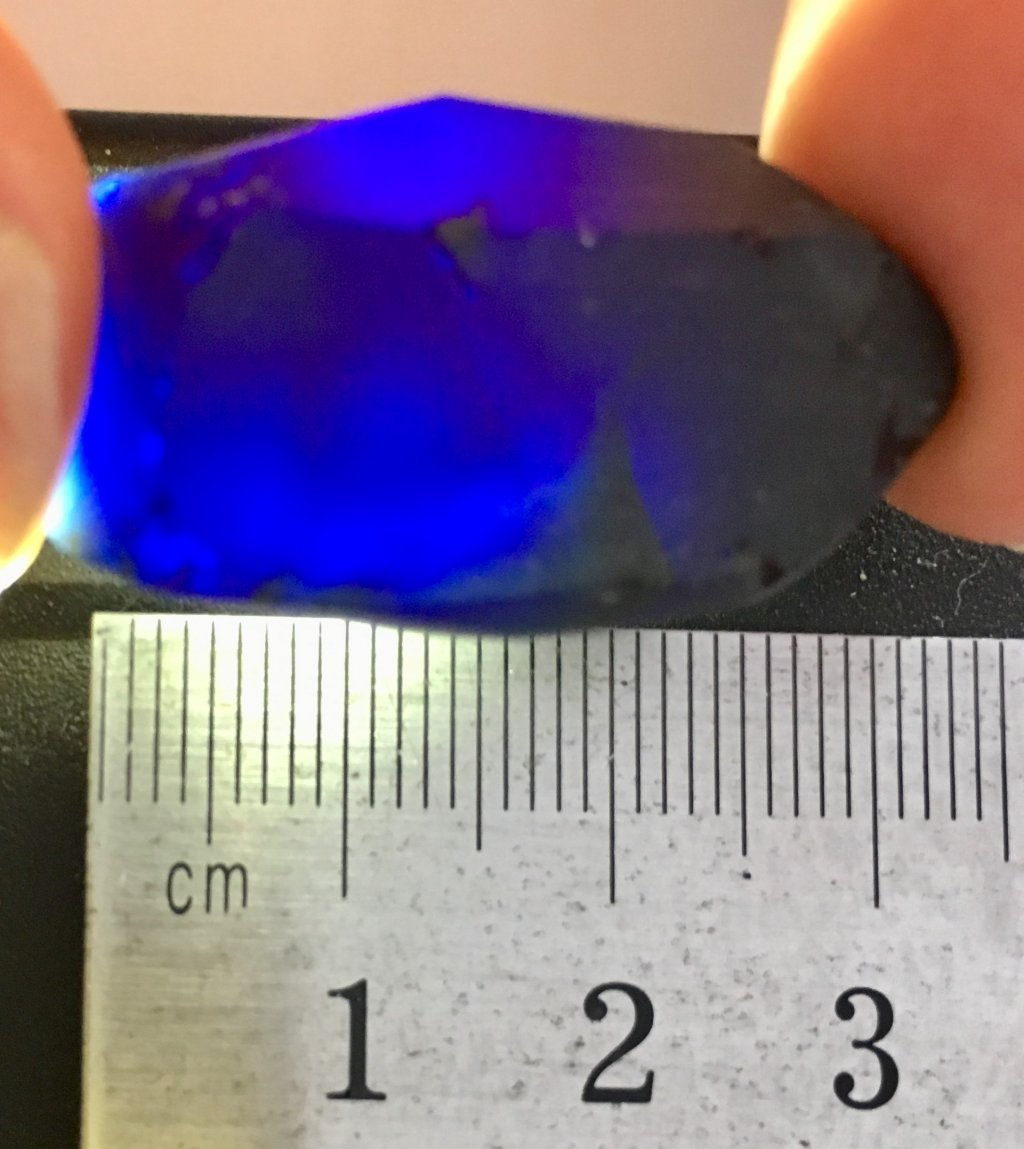The 4 Cs are everything when it comes to gemstones (carat weight, cut, colour and clarity), the one part of the 4 Cs that can have the greatest effect is cut. The cut dictates the how the other 3 turn out. Theres 2 types of cuts precision cuts and commercial cuts, the difference between the 2 is precision cuts try to make all 4 Cs as good as possible whereas a commercial cut only tries to have the maximum carat weight without taking into count the colour or clarity of the stone. The below photos show the difference, by not having the correct angles for refraction you can see theres large windows. A window is a area in the stone where the light passes through the stone instead of being reflected back through the top of the stone.

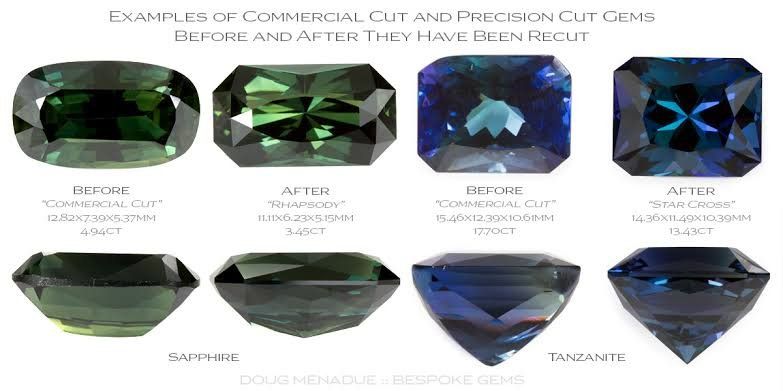
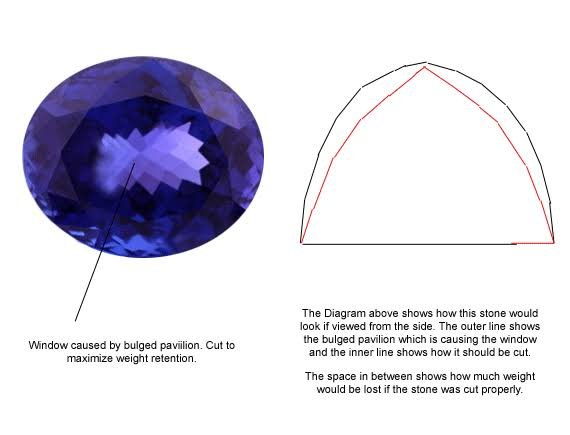
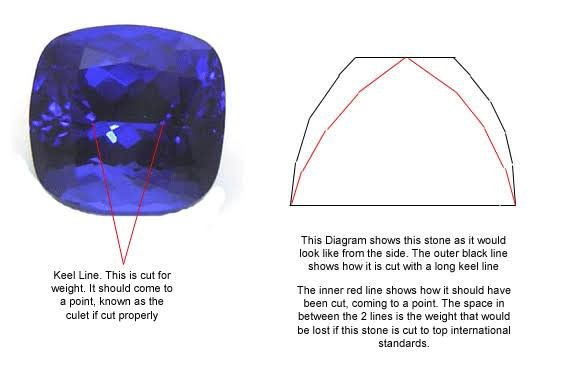
The following photos show the different parts of a cut stone as well as the most common cuts that are available. Note on a commercial cut the girdle will not always be straight
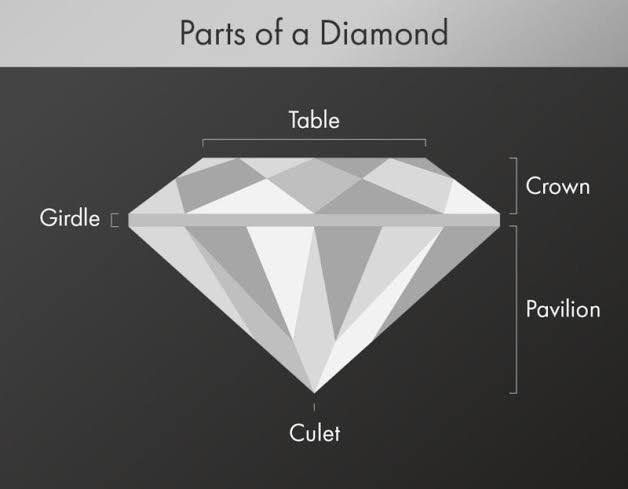
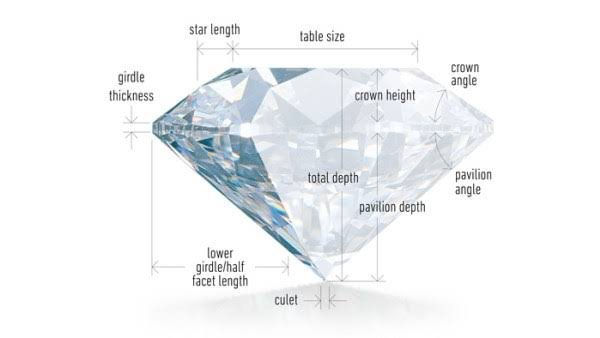
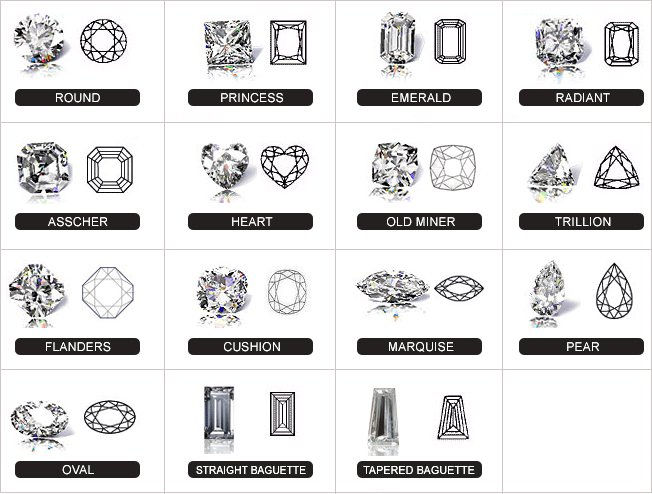
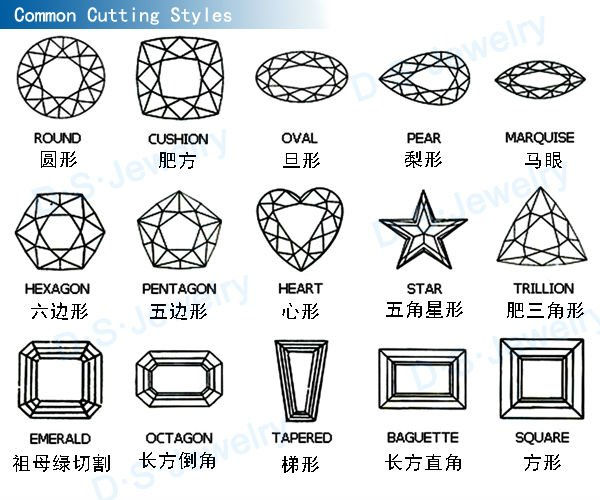
Theres also rare cuts that arent often used. The following photos show a design of a cut for interest and the pharaoh eye cut is one I really like
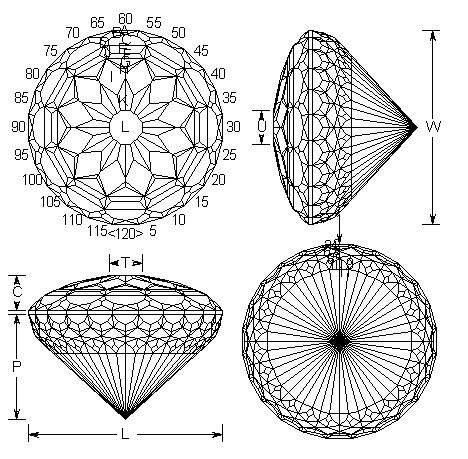

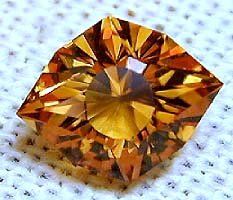
As you can see the cut is one of the most important aspect of a gemstone. Its a gift to be able to pick a cut that maximises the clarity and colour without losing carat weight.
Feel free to add more information I havent broached, I became distracted and lost my train of thought so not sure if I have covered everything I wanted to when I started this thread.




The following photos show the different parts of a cut stone as well as the most common cuts that are available. Note on a commercial cut the girdle will not always be straight




Theres also rare cuts that arent often used. The following photos show a design of a cut for interest and the pharaoh eye cut is one I really like



As you can see the cut is one of the most important aspect of a gemstone. Its a gift to be able to pick a cut that maximises the clarity and colour without losing carat weight.
Feel free to add more information I havent broached, I became distracted and lost my train of thought so not sure if I have covered everything I wanted to when I started this thread.




